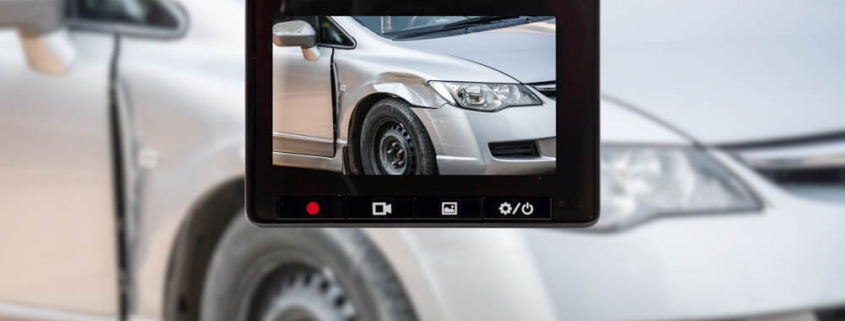Using Dashcam Evidence in Your Car Accident Claim
Time is of the essence when you’re involved in a car accident. Evidence begins degrading quickly, and the less evidence you have, the harder it will be for you to prove your claim. Dashcam footage is one type of evidence that can be exceptionally helpful as you build your claim. It’s entirely neutral and presents the accident exactly as it occurred. However, you have to use and maintain the footage appropriately to make the most of it.
Considering a personal injury claim after a car accident? The team at Peake & Fowler is ready to fight for the compensation you’re owed. Call us at 803-788-4370 to schedule a consultation with our team
Proper Placement and Settings
Proper usage of dashcam footage starts with your choice of dashcam and how you set it up. There are tons of models on the market today, so spend some time researching the features available on each one. Some only work while the car is running, while others are activated whenever they sense motion near the vehicle. Features like high-resolution recording, wide-angle lenses, and low-light recording can strengthen the quality of your evidence after a crash.
Many drivers now choose to have a dashcam on the front and back of their vehicle, which makes it easier to capture every type of collision. After setting up your camera, check the footage. Is it positioned in such a way that it will get the footage you need? Make tweaks as needed.
Once your dashcam is set up, make sure you test it and check its footage every now and then. You don’t want to find out that it stopped working when you go to pull footage from a crash and find nothing.
Backing Up Valuable Data
Each type of dashcam handles a Columbia crash outage differently. Some store their data locally, erasing it after a set period of time or when it is written over by new footage. Other dashcams store footage in the cloud, allowing you to download it remotely to other devices. You should know exactly how and where footage is stored well before an accident actually occurs.
After an accident takes place, move quickly to preserve your footage and make backups. Data can disappear at the most inconvenient times, and making prompt backups can help you strengthen your case. Consider sending footage to yourself digitally, backing it up to an external hard drive, and sending it to your Columbia car accident lawyer as soon as possible.
Once you’ve retained an attorney, you should disclose your dashcam footage to them right away. Evidence is only useful if its integrity can be verified, and that means limiting who can access it. Your lawyer can tell you how to preserve and send the footage in such a way that it is useful for your case.
Supporting Dashcam Footage with Other Evidence
Dashcam footage can go a long way in building your claim since it can corroborate many other forms of evidence. It can back up your retelling of the incident and what other people noticed.
It’s important to remember, though, that dashcam footage is ultimately neutral. It has no vested interest in whether or not your claim is successful; it shows the truth, regardless of whether it helps or hurts you. If the dashcam footage is unfavorable for you, it can hurt your case. By handing the footage over to your attorney first, they can figure out how best to use it and if they have to account for any errors you made prior to the crash. For example, dashcam footage could capture you talking on the phone to a friend, switching music, or getting in a heated argument with someone in the car—all of which can point to distracted driving. Be prepared for any possible outcome.
Reach Out to Peake & Fowler for Help with Your Motorcycle Accident Case
When you’re ready to move forward with your personal injury claim, the team at Peake & Fowler is ready to get started. Our Columbia attorneys are committed to helping you fight for every dollar you deserve. Set up your free consultation now by calling us at 803-788-4370 or getting in touch online.





